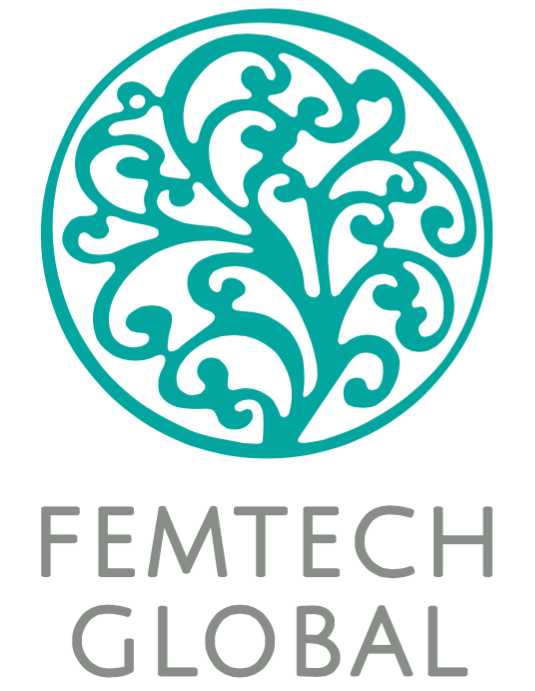One of the most consistent inconsistencies I see from startups and growth companies is their value prop messaging. I sense a few skeptical eyebrow raises from readers here, but stay with me on this. The inconsistency is real, and it’s hurting their collaborative efforts with clients and partners.
You’d think once the sales decks, the pitch decks, the branding and all that swanky website design and sales collateral is done, there’s no way a value prop definition isn’t fixed to the solution. All that stuff, all those words, clearly describe the solution and what it does. True, it does, but often times it isn’t portable – and all that stuff gets ignored once the pitch is complete, and the introductory demo is done.
Why? Because the messaging focuses on the HOW, and not the WHAT, and almost never the WHY.
How is forgettable. It’s process, it’s detail, it’s the finer points of functionality and workflow, and for a fintech selling into a bank business unit, it only describes the mechanics of the process or workflow. The how doesn’t resonate and it doesn’t stick in the audiences mind. Why? Because until you know what the solution does, and why it matters, the how has no context to anchor it, and its importance has no context.
Here’s the other thing: HOW has a lot to do with the secret sauce of what makes the solution unique. But that uniqueness is difficult to identify if there’s no context as to the purpose it serves.
So lets get back to why leading with the HOW does little to leave an impression, and why it puts you on the back foot.
Ever play the childhood game of Telephone? If not, you should. Sit in a circle. One person whispers a phrase to the person to the right. That person then whispers the phrase to the next person, and so on, until the phrase goes around the circle. The last person who receives the message shares it with the group.
It’s a pretty sure thing – I’ve never played and it not be – that what ends up being shared with that last person is not the original phrase. Pretty much never, ever, the same thing. Stuff gets lost along the way. Words get changed. Meaning gets misinterpreted. It gets lost in translation.
Sales is basically a game of Telephone with commercial consequences. Seriously.
Once you leave the room, you have no guarantee that your message will hold fast, that it won’t get changed, morphed, revamped, that it will remain as you intended. It absolutely won’t be what you want it to be if you leave the audience with the HOW.
Which is why the WHAT matters so much more. The WHAT is not functionality, it’s not the tech, it’s not the problem you set out to solve. It goes beyond that, it goes deeper than that. It is the meta level thing you do. Call it the blue sky vision, but it’s more nuanced than that, and more fundamental. It is what you are, it is a state of being.
When you can clearly articulate WHAT you are, and WHY that matters (the WHY is focused on why it matters to your audience, not necessarily you personally), you reduce the chance of that guiding principle being misinterpreted, and the message being distorted when it’s shared around that Telephone circle that is the market, the boardroom, or the ridiculously complex org chart that is a prospective client.
A few weeks ago, back in the dungeon, I asked a team from the same company to define what they did. Each of them had a completely different answer. Zero consistency in the message, with only two words in common in each of their descriptions. Every single person was describing the HOW, and we were trying to get to the WHAT. A few other teams were in the room to go through the same exercise, and they too all focused on the HOW.
A prospective client happened to be there as well. He piped up, telling them that he’d actually shared a brief summary of each of the companies with his wider team a few days earlier, and had not described any of them as they had just described their solutions themselves. He read his email out loud. Mutterings and shaking of heads followed. This was Telephone in action.
It drove home how important the WHAT truly is, and why taking it to its most reductive (or meta) level of simplicity and essence is the insurance policy against it being twisted or distorted. It reduces the chance of it changing once you leave the room.
We eventually drilled down to the WHAT and the WHY, and that team with the consistently inconsistent message landed on a description they all embraced. The potential client remarked that had he heard these WHAT messages, his internal email would have had more impact, and he would have used their words, not his own, because these WHAT words had more meaning, context, and purpose than the HOW words he’d heard earlier.
Bertrand Russell wrote the following in his A History of Western Philosophy:
A stupid man’s report of what a clever man says can never be accurate, because he unconsciously translates what he hears into something he can understand
He was writing about Xenophon’s description of Socrates in comparison to Plato’s. I reference it because the crux of it holds true for all of us: we unconsciously translate what we hear into something we can understand, irrespective of both party’s cleverness levels. We all play Telephone, all the time.
So how do we create a true understanding that doesn’t get warped by unconscious filters? It’s a simple formula: Focus on the WHAT, then the WHY. If you answer those two questions, your audience will ask for the HOW. If they don’t ask how, you haven’t answered WHAT.

